KIEV: Fierce clashes between police and protesters, some including gunfire, shattered a brief truce in Ukraine’s besieged capital Thursday, killing at least 19 people.
The deaths Thursday came in a new eruption of violence just hours after the country’s embattled president and the opposition leaders who are demanding his resignation called for a truce and negotiations.
Those numbers brought the week’s death toll to at least 45 in Kiev.
Earlier, Ukraine’s embattled leader announced a “truce” with the opposition as he prepared for a grilling by visiting EU diplomats Thursday over clashes that killed 26 and left the government facing diplomatic isolation.
US President Barack Obama cautiously welcomed the apparent effort to defuse the crisis as thousands of helmeted protesters steeled themselves for new clashes with riot police on Kiev’s flame-engulfed main square.
Ukrainian President Viktor Yanukovych proposed the start of direct talks with the opposition after meeting three top anti-government lawmakers less than a block from the site of the deadliest unrest.
“The sides announced a truce and the start of a negotiations process aimed at ending the bloodshed (and) stabilising the situation in the country for the benefit of civil peace,” Yanukovych said in a statement posted after talks that included protest leader Vitali Klitschko.
But the scenes playing out in the heart of Kiev suggested a war zone that was being reinforced from all sides before a new fight following a night of the bloodiest violence in Ukraine’s post-Soviet history.
Pungent smoke from car tyres rose over the capital’s iconic Independence Square while bursts of gunfire and exploding stun grenades echoed across the paralysed city centre as determined pro-Western protesters faced off against heavily-armed police over burning barricades.
The violence that erupted into apocalyptic scenes Tuesday as police and protesters battled in Kiev’s historic centre came after three months of mass protests in Ukraine that have also pitted Russia and the West in an increasingly bitter war of words.
The crisis was initially ignited by Yanukovych’s shock decision in November to ditch an historic EU agreement in favour of closer ties with Kiev’s historic master in the Kremlin.
But it has since evolved into a much broader anti-government movement that has swept through both the pro-Western west of the country as well as parts of its more Russified east.
– Visa ban –
– Visa ban –
The crackdown on protesters triggered a storm of condemnation from the West while the Kremlin denounced an “attempted coup” by the demonstrators.
The US State Department announced it was imposing visa bans on about 20 senior Ukrainian officials “complicit in or responsible for ordering or otherwise directing human rights abuses.”
Western pressure was likely to mount still further on Thursday when the foreign ministers of Germany and Poland — two proponents of stiff EU sanctions — along with France hold urgent talks with Yanukovych before returning to Brussels to consider their own measures against his ministers.
The Cold War-style confrontation over Ukraine’s future gained steam with a string of outraged comments from Moscow that included condemnation of the both protesters and the West.
President Vladimir Putin’s spokesman placed all responsibility for the unprecedented violence on “extremists (whose) actions can be seen and are seen in Moscow exclusively as an attempted coup d’etat”.
Nato alliance chief Anders Fogh Rasmussen countered that he would “strongly urge the Ukrainian government to refrain from further violence” — a comment that appeared to hold Yanukovych personally responsible for the unrest.
The heated rhetoric prompted a telephone conversation between Putin and German Chancellor Angela Merkel aimed at finding a joint solution to the crisis that could head off the diplomatic tensions.
But Russia also announced that it was sending Deputy Prime Minister Dmitry Rogozin — a policy hawk who is widely known for his strongly nationalist views — to Kiev on Thursday in order to “give a corresponding impulse to our relations” with Ukraine.
– Yanukovych sacks army chief –
Yanukovych for his part gave off conflicting signals that suggested a leadership grasping for answers to the country’s worst political crisis since it gained independence two decades ago.
He showed unbending resolve on Wednesday afternoon by announcing plans to launch a sweeping “anti-terror” operation and sacking the army’s top general — a powerful figure lauded by the opposition for refusing to back the use of force against those who had come out on the street.
But he then received three top protest leaders and told them he would take no immediate action against those who have taken to the streets against his rule.
Former prime minister Yulia Tymoshenko — jailed in 2011 as part of what the West views as the government’s vendetta against its rivals — accused the Kiev leadership of playing for time and urged the European Union “to open proceedings against Yanukovych in the International Criminal Court in The Hague.”
– Central post office ‘occupied’ –
Determined Kiev protesters meanwhile took control of both the central post office and the state media headquarters on the edge of Independence Square after they were forced to vacate another nearby government building that was engulfed in flames.
“This is where activists can turn to for information and where they can get any help they want,” media centre coordinator Eduard Bubnyak told AFP.
Volunteers streamed into the media centre’s makeshift kitchen on the first floor with donations of food and blankets as Bubnyak spoke.
Several medics prepared piles of medicine and bandages to treat the wounded in a room nearby.

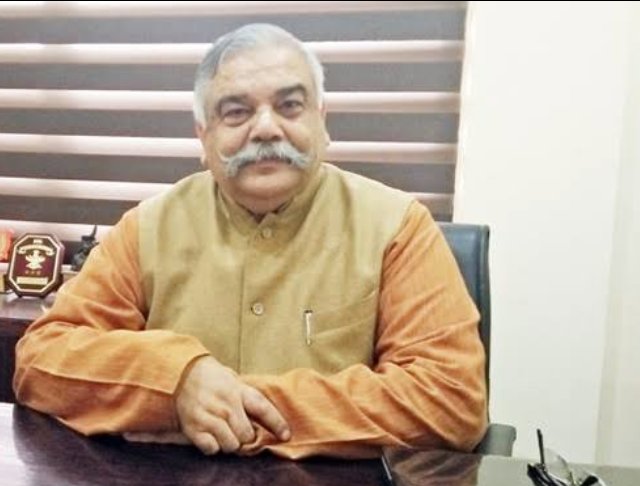
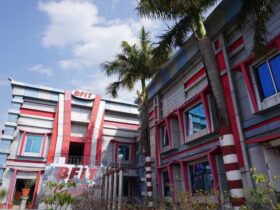





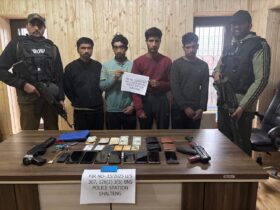

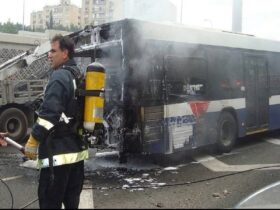

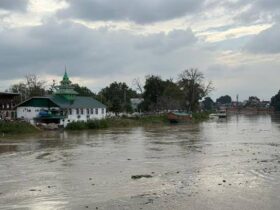
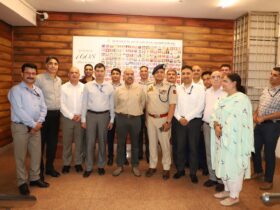
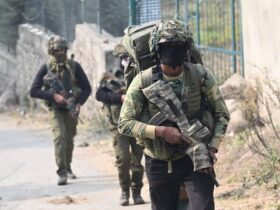
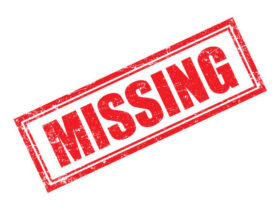
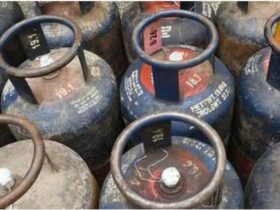
Leave a Reply